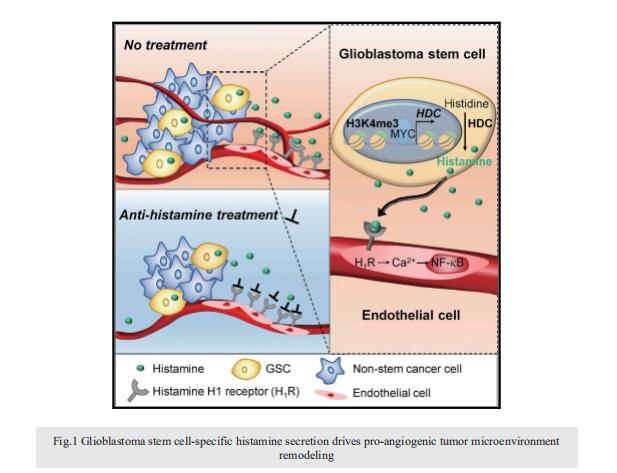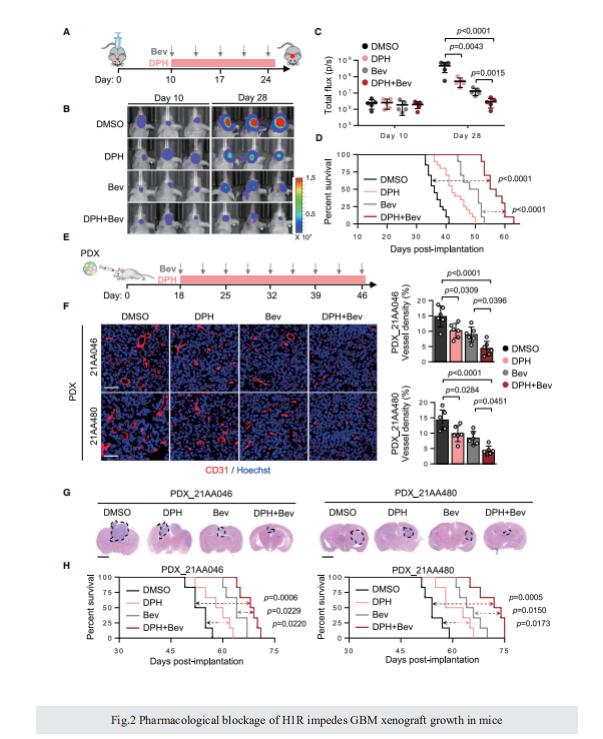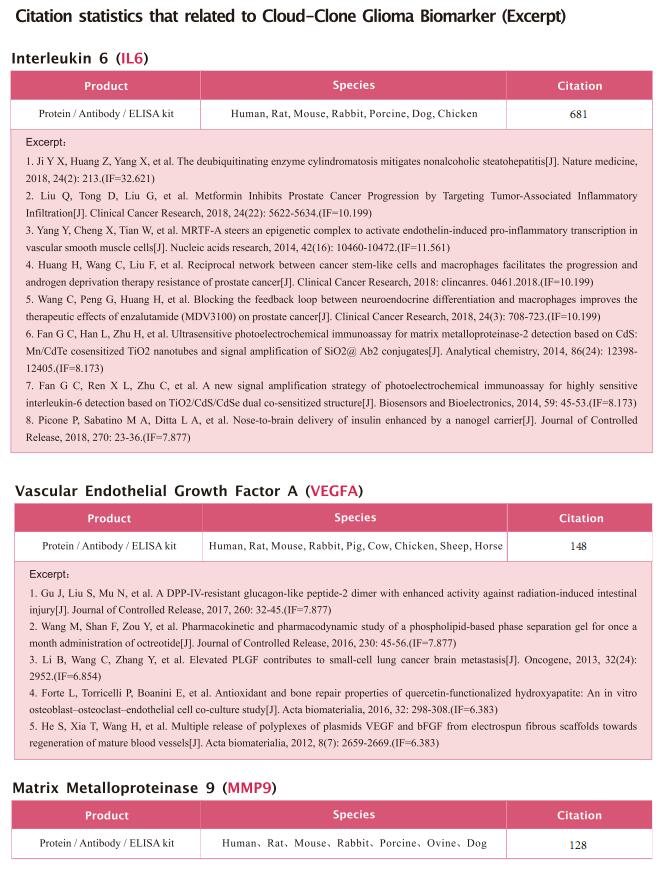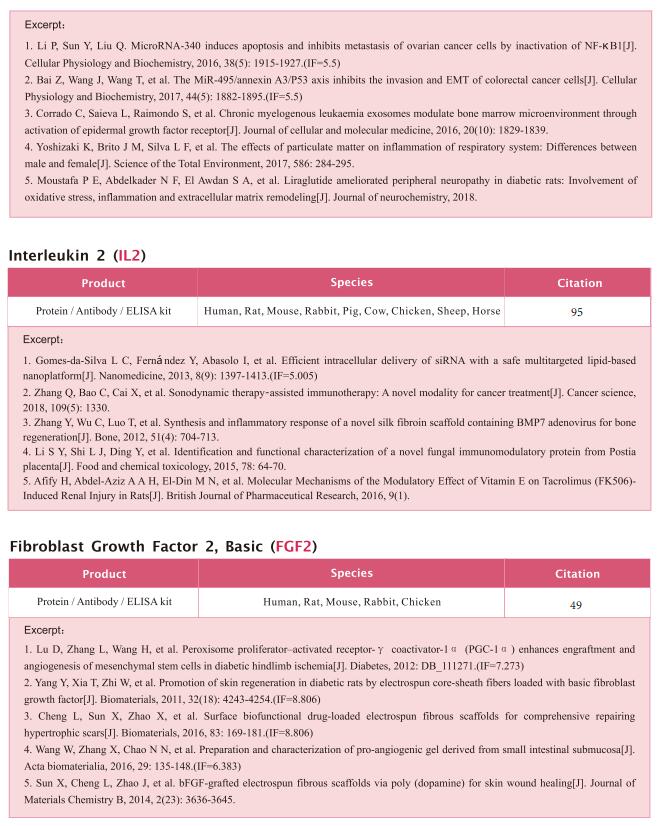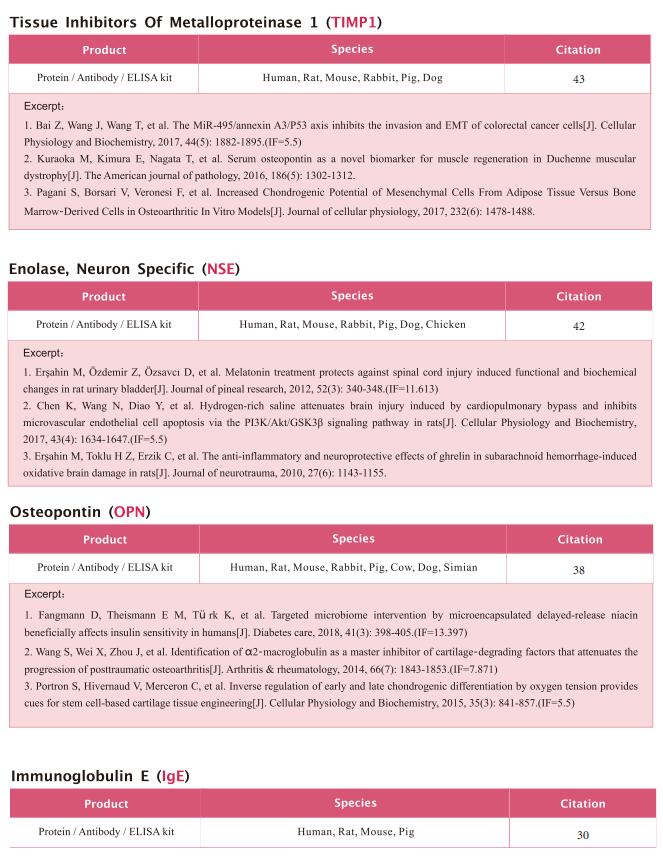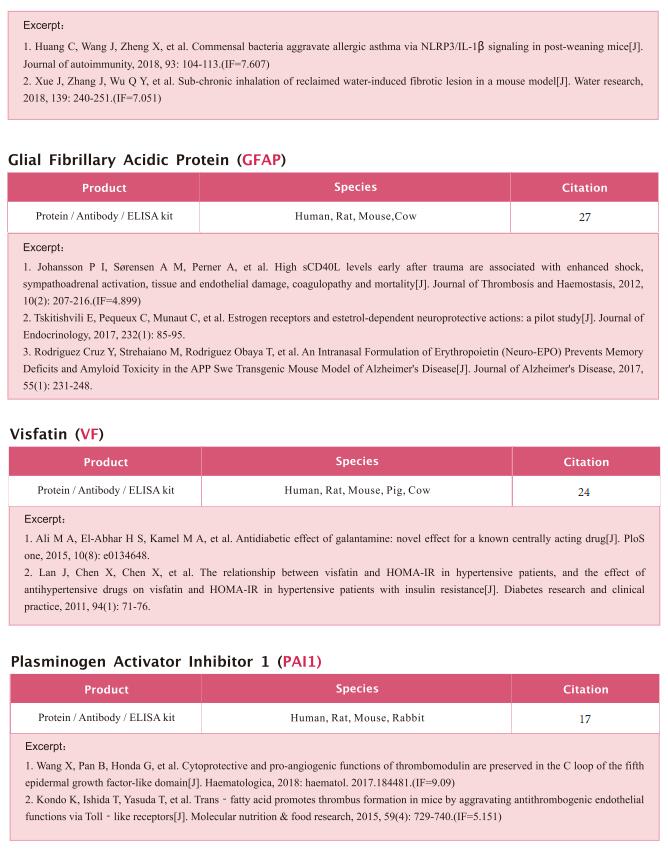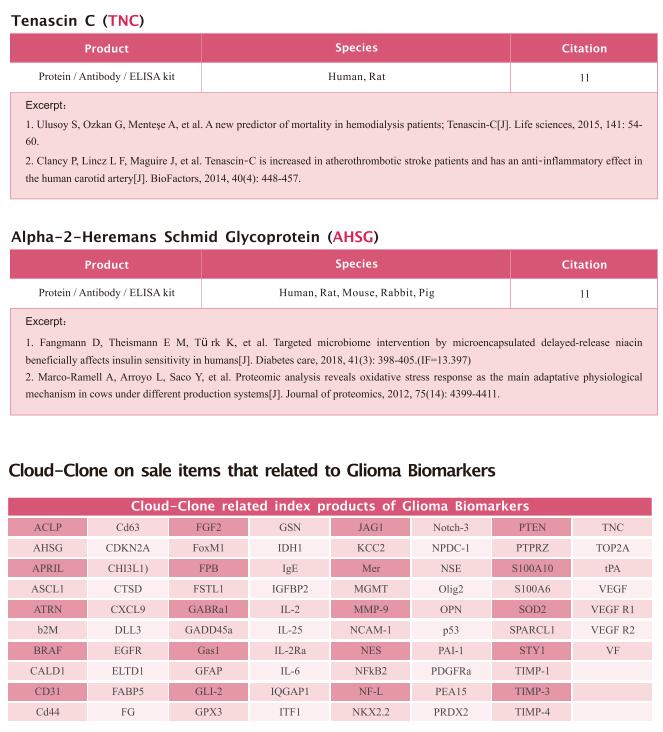Glioblastoma stem cell-specific histamine secretion drives pro-angiogenic tumor microenvironment remodeling
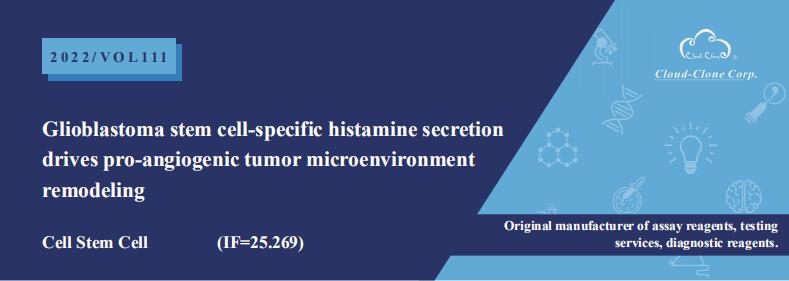
On October 19, 2022, Xin Pan, Nanhu Laboratory, National Center of Biomedical Analysis, China, and his team published a paper titled “Glioblastoma stem cell-specific histamine secretion drives pro-angiogenic tumor microenvironment remodeling” in Cell Stem Cell. Their findings established that glioblastoma stem cells (GSCs)-specific metabolite secretion remodels the tumor microenvironment and highlight histamine targeting as a potential strategy for glioblastoma multiforme (GBM) therapy.

The antibodies [Polyclonal Antibody to Histidine Decarboxylase (HDC), PAG476Hu01] of Cloud-Clone brand was chosed in this article, we are so proud for supporting the reaserchers.


The communication between glioblastoma stem cells (GSCs) and the surrounding microenvironment is a prominent feature accounting for the aggressive biology of glioblastoma multiforme (GBM). However, the mechanisms by which GSCs proactively drive interactions with microenvironment is not well understood. In this study, we interrogated metabolites that are preferentially secreted from GSCs and found that GSCs produce and secrete histamine to shape a pro-angiogenic tumor microenvironment. This histamine-producing ability is attributed to H3K4me3 modification-activated histidine decarboxylase (HDC) transcription via MYC. Notably, HDC is highly expressed in GBM, which is associated with poor survival of these patients. GSC-secreted histamine activates endothelial cells by triggering a histamine H1 receptor (H1R)-Ca2+-NFkB axis, thereby promoting angiogenesis and GBM progression. Importantly, pharmacological blockage of H1R using antihistamines impedes the growth of GBM xenografts in mice. Our findings establish that GSC-specific metabolite secretion remodels the tumor microenvironment and highlight histamine targeting as a potential strategy for GBM therapy.
